Squatting – The King of Exercises
Most people in the strength training field would agree that the barbell squat is one of the most beneficial exercises. Squats engage the whole body, particularly the large muscles of your hips and thighs, which allows one to lift the heavy weights through a long range of motion. Consequently, squats are extremely effective in building strength and increasing muscle mass. Squatting has also been related to one’s ability to perform athletic maneuvers such as short sprints, vertical jumping, and broad jumping.
However, all physical activity comes with a risk and squatting can increase the risk of developing or exacerbating hemorrhoids. Hemorrhoids are swollen, inflamed blood vessels in the rectum that may be either internally or externally located. Hemorrhoids can be painful and lead to a diminished quality of life. Internal hemorrhoids present the risk of rectal bleeding that can result in anemia in severe cases. Up to 10% of hemorrhoid sufferers require surgical intervention to resolve their symptoms.
You down with IAP? (Yeah You Know Me)
Squatting requires a significant increase in intra-abdominal pressure (IAP). IAP refers to the pressure within your torso. When bracing to lift a heavy weight, it is vital to increase intra-abdominal pressure to counter the external pressure of a heavy barbell.
Increasing this IAP to balance the compressive force of the lifted weight keeps your spinal cord in a nice, stable alignment, which is very important. Increasing IAP requires the activation of muscles in the core, including the muscles pelvic floor and deep abdomen.
In addition, proper breathing techniques during lifting, which involves inhaling deeply and holding the breath, maximize IAP – which is very good for the health of your spine and your ability to handle heavy weights safely. So, in that regard (significant because we are talking about the safety of your spine), a higher IAP is good. High levels of IAP can be bad as they can lead to the development or exacerbation of hemorrhoids.
How to squat and reduce the risk of developing hemorrhoids?
Squats are a great exercise and can be done in a manner that will minimize your risk of hemorrhoids. Breath control is key – and requires a balance between maximizing IAP to stabilize the spine while avoiding an extended time with elevated IAP which can increase the risk of hemorrhoids. Inhaling and pressurizing your torso before you remove the bar from the rack is critical.
Then, after walking the bar out from the rack, releasing and taking another big breath to maximize your IAP is essential. Holding your breath as you descend into the squat is paramount, as this ensures the safety of your spine. The trick is to avoid extended breath-holding beyond the point at which it is necessary. This means during the ascent, exhaling in a controlled manner after you pass the 1st third of the motion.
Other than breath control during squats, you can minimize your risk of hemorrhoids by following these guidelines:
- Consuming adequate fiber (25+g/day) in the diet
- Adequate (>2L of water/day) hydration
- Avoiding straining or sitting on the toilet for extended periods
- Exercise (in all forms, as it increases circulation and improves blood vessel health)
Happy squatting!
- Buso Gil, S., Ferrer Puchol, M. D., Solaz Solaz, J., & Esteban Hernández, E. (2022). Prevalent Technique and Results of Hemorrhoidal Embolization. Journal of clinical medicine, 11(22), 6631.
- Chandler, T.J. & Stone, M.H. (1991). The Squat Exercise in Athletic Conditioning: A Review of the Literature. NSCA Journal 12(5): 51-58.
- Fox, A., Tietze, P. H., & Ramakrishnan, K. (2014). Anorectal conditions: hemorrhoids. FP essentials, 419, 11–19.
- Giuliani, A., Romano, L., Lazzarin, G., Maffione, F., Valiyeva, S., Schietroma, M., & Carlei, F. (2020). Relationship between haemorrhoidal grade and toilet habits. Annali italiani di chirurgia, 91, 192–195.
- Kaidar-Person, O., Person, B., & Wexner, S. D. (2007). Hemorrhoidal disease: A comprehensive review. Journal of the American College of Surgeons, 204(1), 102–117.
- Labidi, A., Maamouri, F., Letaief-Ksontini, F., Maghrebi, H., Serghini, M., & Boubaker, J. (2019). Dietary habits associated with the internal hemorrhoidal disease: a case-control study. La Tunisie medicale, 97(4), 572–578.
- Tayashiki, K., Maeo, S., Usui, S., Miyamoto, N., & Kanehisa, H. (2016). Effect of abdominal bracing training on strength and power of trunk and lower limb muscles. European journal of applied physiology, 116(9), 1703–1713.


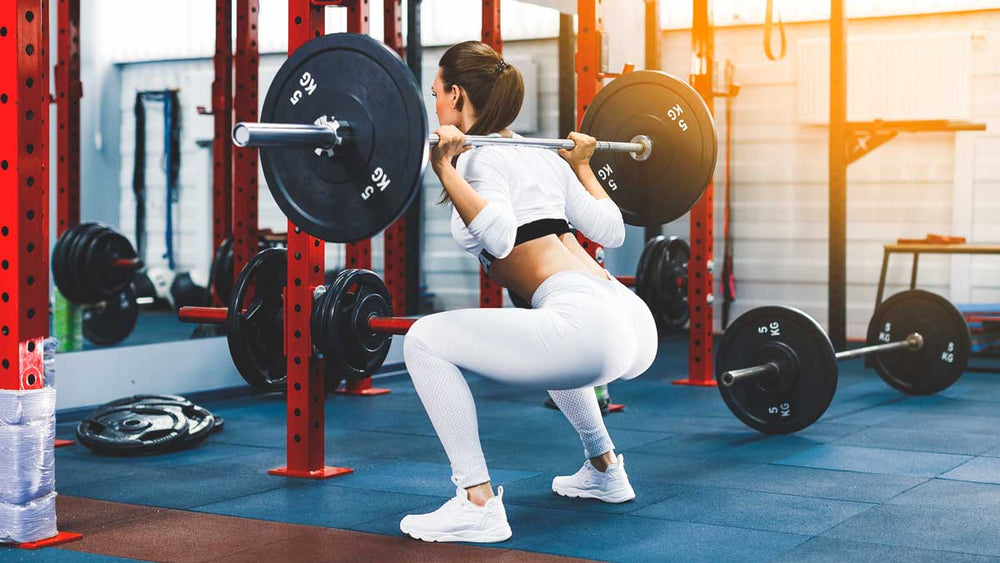


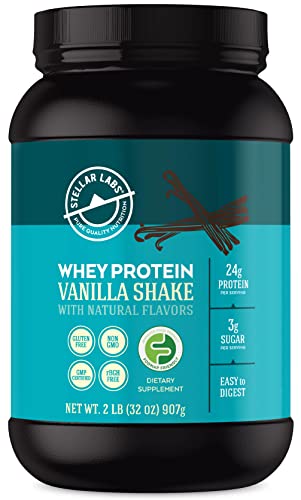


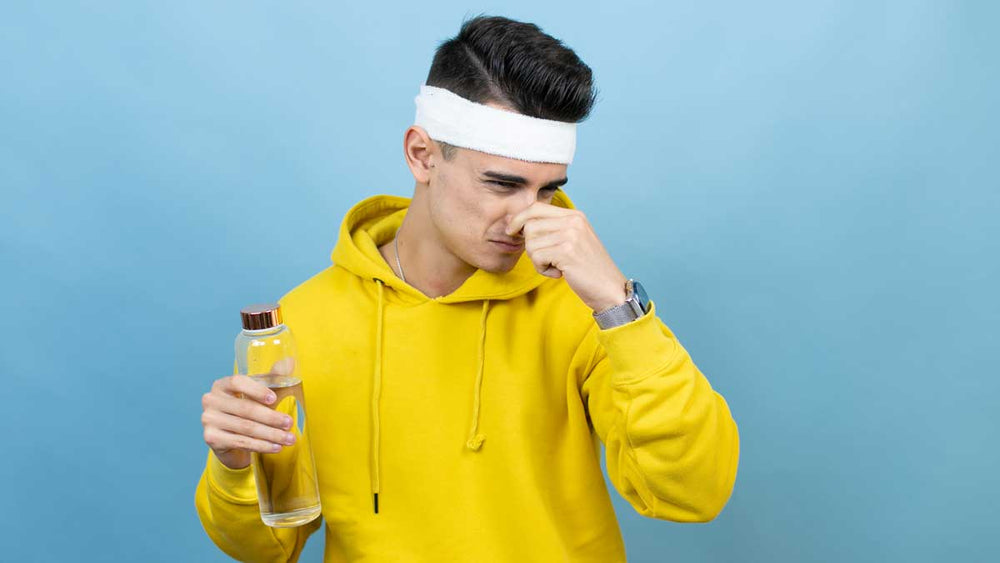







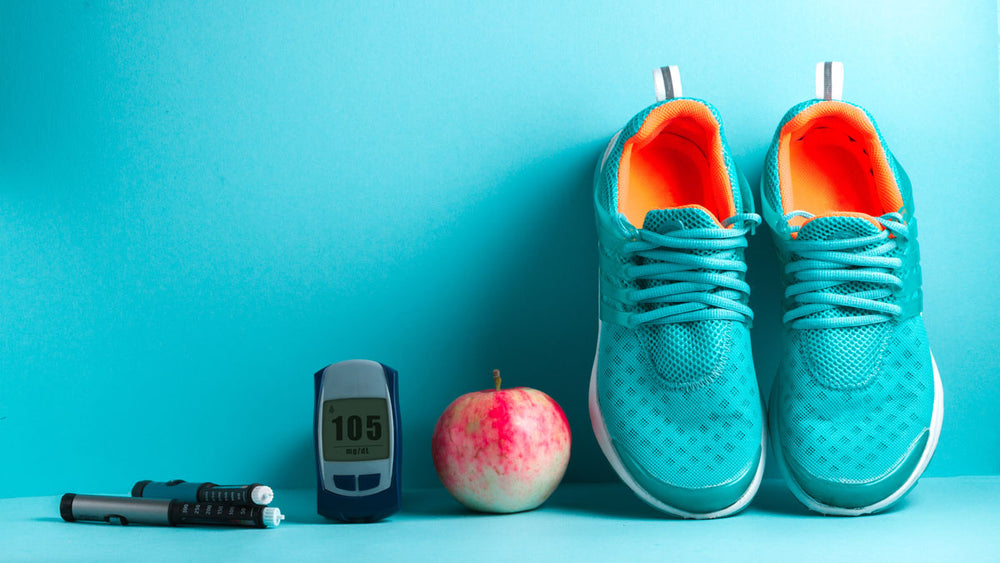

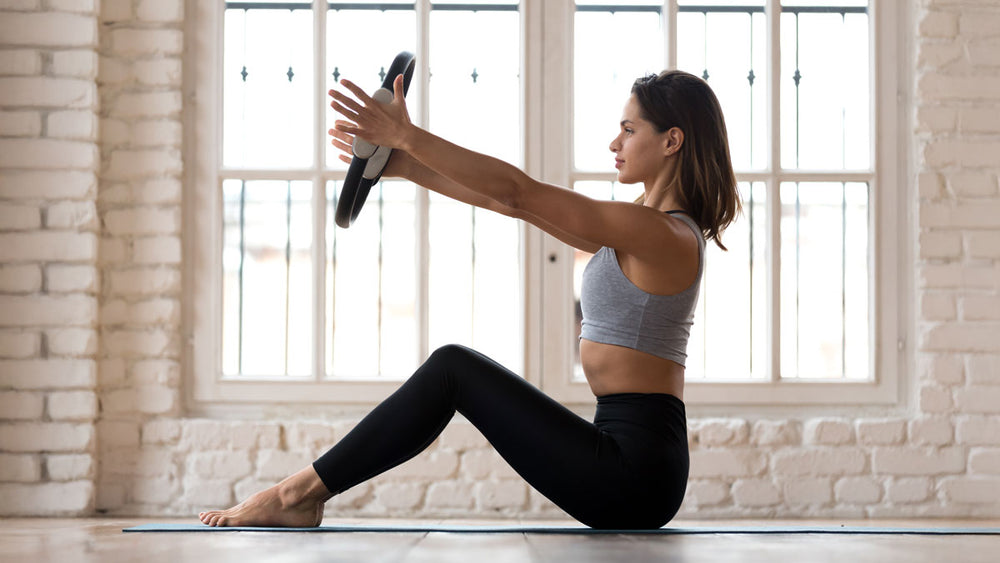


Comments
Join The Conversation...